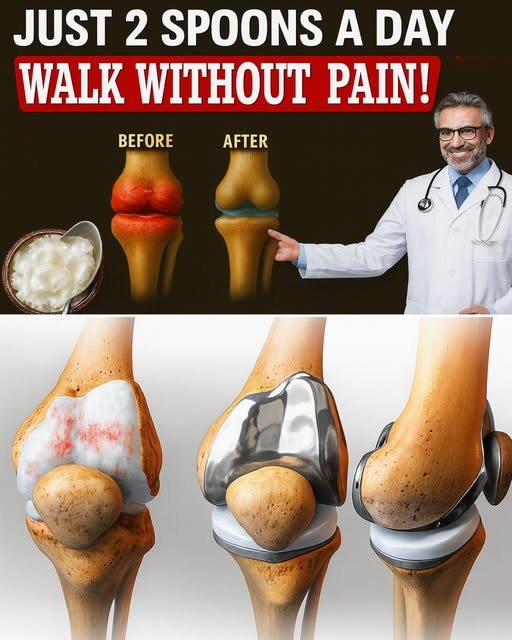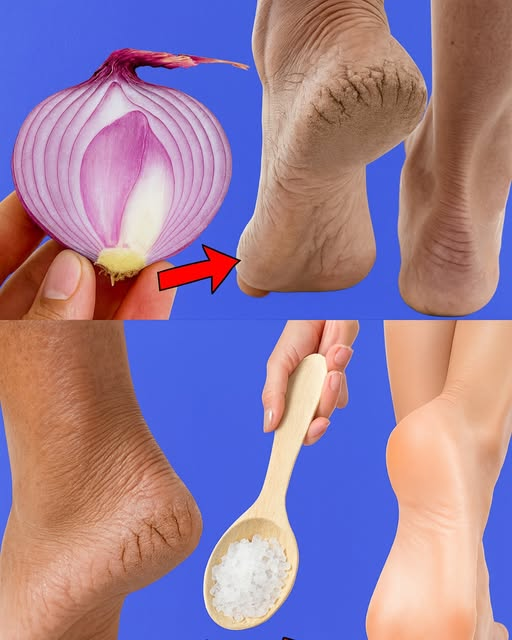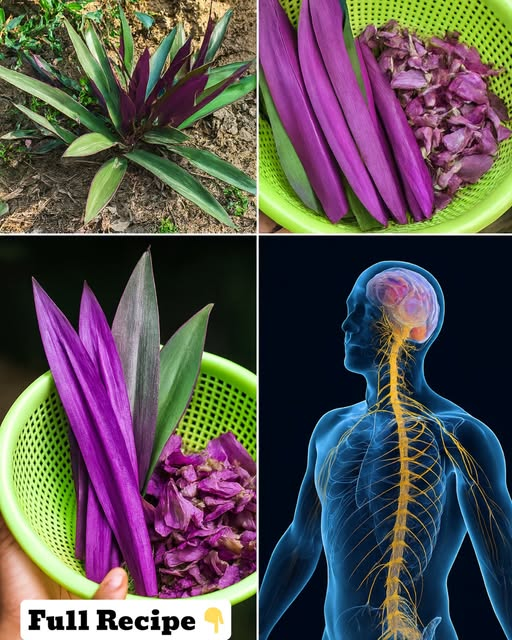Did you know that 1 in 7 American adults has chronic kidney disease (CKD)—and most don’t even realize it? The National Kidney Foundation reports that nearly 90% of people with kidney disease are unaware of their condition until it has progressed. That’s because kidney disease often develops silently, with symptoms that are subtle and easy to dismiss.
Your kidneys are small but mighty organs that filter about 50 gallons of blood every single day. They remove waste, balance electrolytes, regulate blood pressure, and support red blood cell production. When they begin to fail, your body may give you quiet signals that something is wrong—signals that, if ignored, could lead to dialysis or even the need for a kidney transplant.
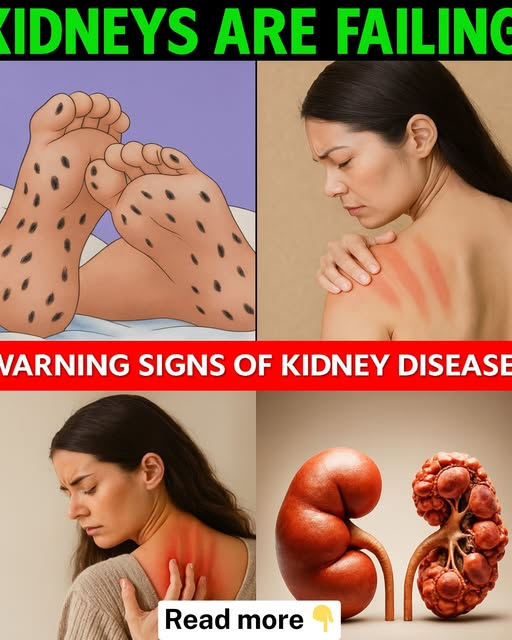
This article will walk you through seven early warning signs of kidney disease, explain why they happen, and give you actionable steps to protect your kidney health. By catching these signs early, you can make lifestyle adjustments, seek medical care, and slow the progression of damage.
Understanding Kidney Disease and Its Impact
Kidney disease, particularly chronic kidney disease (CKD), refers to the gradual loss of kidney function over time. When kidneys don’t work properly, toxins and fluids build up in the body, causing symptoms that range from mild to severe.
Common Causes of CKD
| Cause | How It Damages the Kidneys |
|---|---|
| Diabetes | High blood sugar damages blood vessels in the kidneys |
| Hypertension | Chronic high pressure strains kidney filters |
| Infections | Repeated or untreated UTIs can spread to kidneys |
| Medications | Long-term NSAID use may scar kidney tissue |
According to the CDC, 37 million Americans live with CKD, but most are undiagnosed. Early detection can preserve quality of life and prevent complications.
7 Early Signs of Kidney Disease to Watch For
1. Changes in Urination Patterns
Frequent trips to the bathroom at night (nocturia), difficulty starting urination, or noticeably reduced urine output can signal kidney trouble.
Why it happens: Damaged kidneys lose their ability to filter and concentrate urine properly.
What to do: Track changes in frequency and volume for several days. If patterns persist, talk to your doctor.
2. Foamy or Bubbly Urine
Occasional bubbles are normal, but persistent foaminess could be a red flag.
Why it happens: Healthy kidneys keep protein in your bloodstream. Damaged kidneys may allow protein to leak into urine, a condition called proteinuria.
What to do: Ask for a simple urine test that checks for protein leakage.
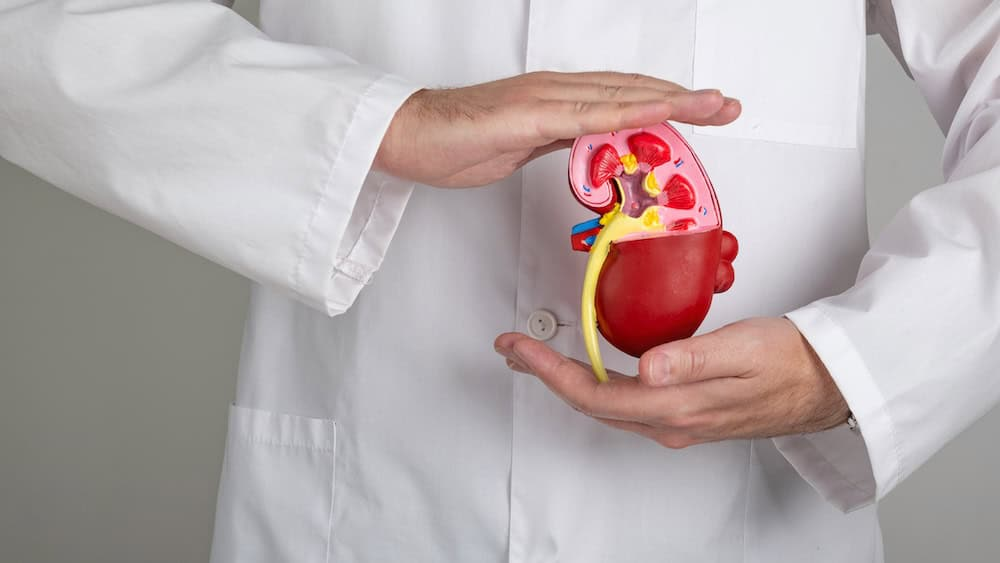
3. Swelling in Hands, Feet, or Face
Fluid retention is one of the most visible signs of kidney dysfunction. Puffy eyes in the morning, swollen ankles by evening, or general bloating shouldn’t be ignored.
Why it happens: Kidneys that can’t filter properly allow fluid and sodium to accumulate in tissues.
What to do: Reduce salt intake, elevate swollen limbs, and schedule a medical exam.
4. Persistent Fatigue or Weakness
Feeling unusually drained—even after a full night’s rest—may indicate more than just aging.
Why it happens: Kidneys produce erythropoietin, a hormone that helps make red blood cells. Low production can lead to anemia, causing fatigue and weakness.
What to do: Request blood tests to check for anemia and kidney function.
5. Itchy Skin or Rashes
Dry, itchy skin—especially when accompanied by other symptoms—may suggest underlying kidney issues.
Why it happens: Waste buildup in the blood due to poor filtration can irritate skin. Low calcium and phosphorus imbalances also trigger itching.
What to do: Use gentle moisturizers, but don’t ignore persistent itching. See a doctor for evaluation.
6. Shortness of Breath
If you find yourself winded more easily than before, your kidneys might be to blame.
Why it happens: Two possible causes—extra fluid building up in the lungs or anemia reducing oxygen supply.
What to do: Monitor breathing, avoid overexertion, and seek medical advice promptly.
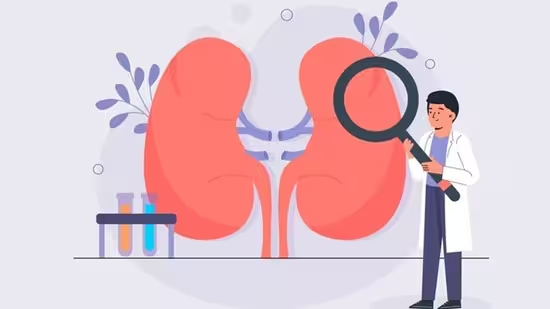
7. High Blood Pressure or Headaches
Kidneys and blood pressure are tightly linked. Poor kidney function can raise blood pressure, which in turn causes further kidney damage.
Why it happens: Damaged kidneys struggle to balance sodium and fluid, raising pressure inside blood vessels.
What to do: Check your blood pressure regularly. Readings above 130/80 mmHg should be discussed with your doctor.
Risk Factors You Can’t Ignore
Certain people are more likely to develop CKD. Understanding your risks is key.
- Diabetes: #1 cause of CKD in the U.S.
- High Blood Pressure: #2 cause of CKD.
- Family History: Genetic predisposition plays a role.
- Age: Risk rises after 60.
- Lifestyle: Smoking, obesity, and high-sodium diets all increase strain on kidneys.
- Medications: Long-term NSAID or antibiotic use can harm kidneys.
If you fall into any of these categories, regular screening is crucial.
Practical Steps to Protect Your Kidneys
- Stay Hydrated – Drink 8–10 glasses of water daily. Hydration eases kidney workload and reduces stone risk.
- Eat a Kidney-Friendly Diet – Focus on fruits, leafy greens, whole grains, and omega-3-rich fish. Limit processed meats and high-sodium foods.
- Exercise Regularly – Aim for 150 minutes of moderate activity weekly to support circulation and blood pressure control.
- Limit NSAIDs – Overuse of ibuprofen and naproxen can scar kidney tissue.
- Monitor Blood Pressure & Blood Sugar – Keep both within healthy ranges with diet, exercise, and medication if needed.
Sample Kidney-Friendly Meal Plan
| Meal | Example Foods |
|---|---|
| Breakfast | Oatmeal with blueberries, unsweetened almond milk |
| Lunch | Grilled salmon, quinoa, steamed broccoli |
| Dinner | Baked chicken, sweet potato, spinach salad |
| Snack | Apple slices with unsalted almonds |
Real-Life Stories of Early Detection
James, 52: A mechanic who ignored foamy urine and fatigue until tests revealed early CKD. With dietary changes and hydration, he stabilized his kidney function and avoided dialysis.
Maria, 60: Noticed swollen ankles and sought medical help. Early detection of protein leakage allowed her to adjust her diet and start walking daily. Within months, her swelling reduced and kidney function stabilized.
These stories underline the power of acting early.
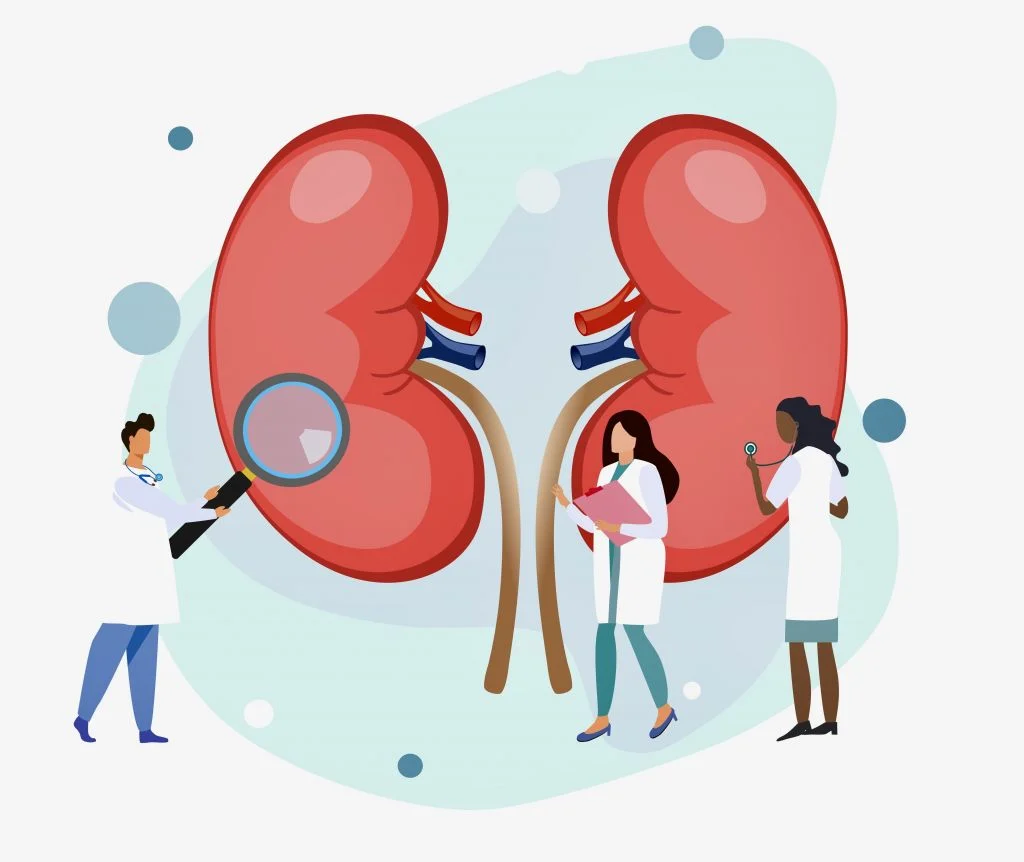
When to See a Doctor
Don’t wait for symptoms to worsen. Seek medical care if you notice:
- Persistent changes in urination
- Ongoing swelling or puffiness
- Chronic fatigue or shortness of breath
- Frequent itching or skin changes
- Blood pressure consistently above 130/80
Blood and urine tests can catch CKD early, often before symptoms appear.
Conclusion
Q: Can kidney disease be reversed?
Early stages can often be managed or slowed, but advanced stages are irreversible.
Q: How do I know if my symptoms are serious?
Persistent changes in urination, swelling, or fatigue always warrant a check-up.
Q: Who’s most at risk?
People with diabetes, hypertension, family history, or age over 60 should be especially cautious.
Q: Can diet alone prevent kidney disease?
Diet helps, but regular checkups and managing health conditions are essential.
Important Note: This content is for informational purposes only and does not replace professional medical advice. Always consult your healthcare provider for personalized guidance.

